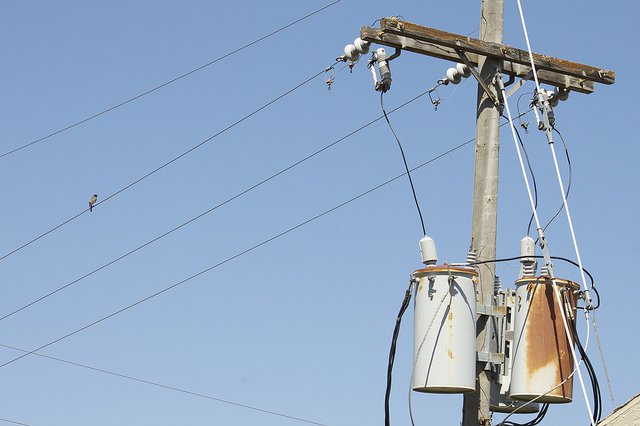
People can thank voltage transformers, a kind of instrument transformer, for decreasing voltage intensity to safe levels and subsequently transporting the reduced power to homes. Transformers, which work only with alternating current, break down into various types with differing purposes, but they primarily trace back to the job of stepping voltage up or down. In fact, transformers run so efficiently that they require minimal maintenance; few even consider how they exactly function, but there is some basic information that needs to spread about voltage transformers.
1. Transformers are passive and do not add power
Devices with passive components accept energy and store it, rather than produce it, as active devices do. According to Windows to the Universe, a high voltage and low current will exit a transformer transporting nearly the same amount of energy both incoming elements had.
2. The barrels seen on utility poles are transformers
When placed on the utility poles, transformers may be used to lower the amount of voltage between primary wires and secondary lines. A transformer drum placed on a pole converts the standard figure of 7,200 volts into 220-240 volts, which then journeys into homes over the paths of three wires. These wires travel through electric meters, recording how much electricity is used in each home.
3. Transformers are not exclusive to outdoor power structures and processes
Some transformers are less robust, and found in household appliances such as iPods and cell phone chargers. Their purpose is to charge these devices’ batteries, transforming an electricity flow from a wall outlet into a lower voltage and then bringing the result to the iPod or phone’s battery. Voltage transformers are even available in less traditional formats, as seen in devices such as electric toothbrushes. In this scenario, the toothbrush, which uses an induction charger, has one of its coils in the base of the brush and the other in the charger that the brush inserts into to refuel.
4. Transformers often need to be bought for the safety of your own appliances when you’re traveling internationally
While North American devices run on 110/125V electricity, the majority of other countries use 220/240V. Thus, before an international trip, you may have to conduct some research about whether a device such as a hairdryer or laptop charger will need a transformer or converter to work in another country. Single-voltage items like hair straighteners and dryers, ranging from 100-120V, usually require a transformer or converter to function, but single-voltage electronic devices (using chips, circuits, or electronic motors) can only be used with transformers. Attempting to use certain products without a transformer can result in overheating and the ruining of the device. However, many consumer converters are also serviceable as a transformer, making the shopping process much less confusing.
5. Transformers make noise
Transformers create audible noise by both electrical forces and winding vibration, defined as power wires moving because of the magnetic field and current’s flow through the conductors. This noise is to be avoided (a mounting will stop most of it from being amplified), as vibrations wear down the wires’ insulation and negatively affect the transformer. The reaction of materials contracting near magnetic fields is known as magnetostriction, which essentially occurs with all magnetic materials.
While other types of transformers include distribution transformer, power transformer, and more, the voltage transformer is the most commonly used of the family, popping up in everyday life as an irreplaceable, helpful component.
Source: Energy Quest, Explain That Stuff, Smith.edu, Rei, Elliott Sound Products
Image Source: The Travel Guide
Advertisement
Learn more about Electronic Products Magazine





